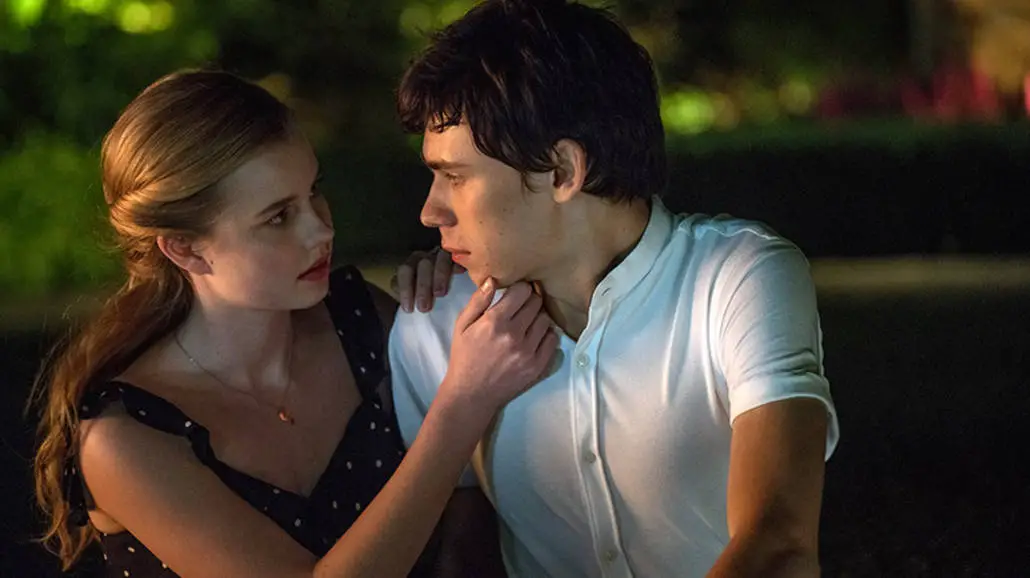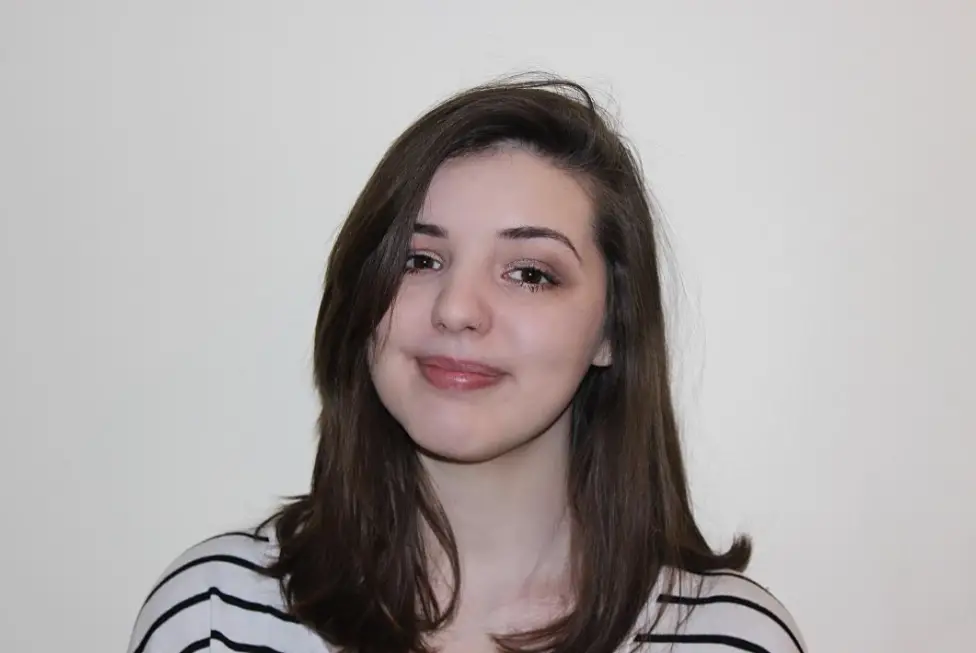The new teen romance movie “Every Day” directed by Michael Sucsy is teaching teens and young adults a little bit about pansexual culture.
The movie, based on the novel of the same name by David Levithan, follows the story of a soul named A, who wakes up in a different body every day. A has 24 hours with that person to live their life as best they can for them and at midnight they switch bodies.
A inhibits a lot of different people throughout both the book and movie and touches a lot of souls. A can be a boy, girl, non-binary, any race and any person really that is their age.
One day A wakes up in the body of a boy named Justin who has a girlfriend named Rhiannon, whom he never seems to treat right. A is fascinated by Rhiannon and by the end of the day falls in love with her. A feels like they are the only person who’s ever really seen Rhiannon as she is, someone who is always keeping to herself and just going along with what Justin says.
Once A gets her to open up they instantly connect and over the next few days A seeks out any opportunity to see her again. A becomes a girl that shadows Rhiannon at school, then a boy who dances with her at a party and so on.
When Rhiannon finds out that A has been all of these people, she realizes that she really likes hanging out with them and getting to know them even though it’s a really odd situation. She grows close to A and seeks them out every day no matter who they become.
Whenever A needs help Rhiannon finds a way to get to them. In return A helps Rhiannon discover herself and Rhiannon soon falls in love with them, despite A being a different person every day.
The word pansexual is never outright mentioned in the film or book but is depicted beautifully and accurately in both tellings of the story. Although LGBTQ+ is talked about a lot more in recent media than it was a few years ago, there are still terms under the umbrella that people don’t completely understand and don’t bother to learn about.
Having movies like “Every Day” talk about these terms really helps people learn about all the different sexualities there are in the world.
Pansexual identifying people do not limit themselves in sexual choice regarding biological sex, gender or gender identity. They fall in love with people despite what gender they may be and have the potential to be attracted to all genders. This differs from those who identify as bisexual, these individuals can be attracted to more than one gender but not all.
In the film, Rhiannon represents a perfect example of a pansexual. She doesn’t care who A inhabits and goes on dates and spends time with them while they are a boy, girl and a trans-man.
Rhiannon tells A that she loves them no matter what, and towards the end of the movie, while she’s reflecting on every person A has been, the audience sees that Rhiannon never cared about sex, gender, race or sexual orientation about any of the people A had been.
Not only does the story shine a light on pansexual culture, a very neglected group in current media, but Levithan also discusses every kind of teenager there is throughout the book. He tackles LGBTQ+, eating disorders, drug addictions, alcoholics, blindness, bullies, insecurities, suicide attempts, and so much more.
It may seem like an abundance of topics for a 300-page story but every time a new topic is brought up with A having to live as that person, it’s described beautifully, and the reader really gets an insight to what it’s like to live that way.
Along with Rhiannon being pan, A identifies as agender. In the novel, they come out to Rhiannon explaining how they’ve always felt their entire life saying, “I didn’t think of myself as a boy or a girl — I never have.”
The novel does a really great job of diving into these hard to talk about topics, which is difficult for the movie to cover due to time constraints. The one thing that the movie does better than the book is diving into more of Rhiannon’s side of the story and how she comes to terms with who she is and why she connects with A.
The novel describes Rhiannon struggling to come to terms with how she feels about A for quite a while. She’s hesitant to be around them when A inhabits an obese teenager or even a gorgeous super model-type girl. Rhiannon tends to act more as a friend when A is a girl and more romantically when A is a boy.
She admits confusion to A about what she’s feeling because she knows that she loves them but the idea of all the different possible sexualities overwhelms her.
This is a really nice touch as it can resonate with so many teens and young adults coming to terms with their own sexualities. Rhiannon may never actually say the term pansexual, but the way she communicates her feelings to A the reader is able to tell that she’s figured out who she is.
Portraying a pan individual in a high-grossing movie like “Every Day” creates some much-needed visibility in the bi+ spectrum. The YA movie will hopefully be able to help teens understand the pansexual label and create more of a discussion in the mainstream media.

















